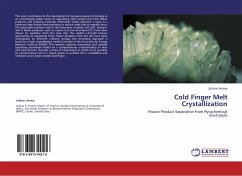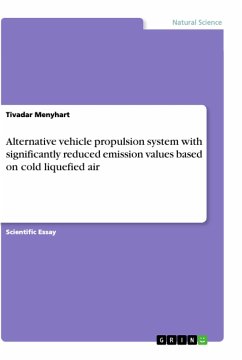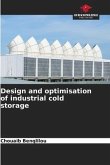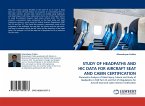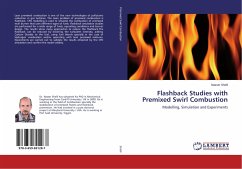This work contributes to the development of pyroprocessing technology as an economically viable means of separating used nuclear fuel from fission products and cladding materials. Electrolytic oxide reduction is used as a head-end step before electrorefining to reduce oxide fuel to metallic form. The electrolytic medium used in this technique is molten LiCl-Li2O. Groups I and II fission products, such as cesium (Cs) and strontium (Sr), have been shown to partition from the fuel into the molten LiCl-Li2O. Various approaches of separating these fission products from the salt have been investigated by different research groups. One promising approach is based on a layer crystallization method studied at the Korea Atomic Energy Research Institute (KAERI). This research explores economical and scalable operating parameters based on a comprehensive understanding of heat and mass transfer through a series of experiments in which LiCl is purified, by concentrating CsCl in a liquid phase as purified LiCl is crystallized and removed via an argon-cooled cold finger.
Bitte wählen Sie Ihr Anliegen aus.
Rechnungen
Retourenschein anfordern
Bestellstatus
Storno

